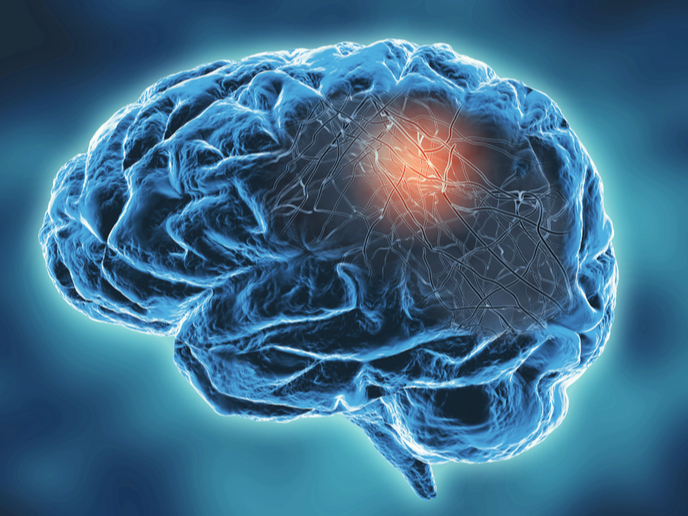Treating brain disorders with high-precision, ultrasound-controlled drug delivery
The current treatment of brain disorders is limited. Ranging from epilepsy to chronic anxiety, brain disorders are poorly treatable today because of the absence of non-invasive methods in medicine. Another drawback is that drugs given to treat specific disorders often cause significant side effects in other parts of the brain or body. To overcome these obstacles, researchers working on the EU-funded EngineeringBAP project are exploring effective, non-invasive technologies that can measure and correct brain activity patterns. In the course of their work, the EngineeringBAP researchers have found a way to deliver drugs to specific targets in the brain with millimetre precision. The method is described in a paper published in the journal ‘Nature Communications.’
Controlling drug carriers with ultrasound
The new non-invasive method uses ultrasound-sensitive drug carriers and novel focused ultrasound sequences to control drug delivery inside the brain and stop the drug from acting on other parts of the brain and body. The special drug carriers are formed by attaching liposomes – tiny spherical lipid sacs formed to carry drugs into the tissues – to ultrasound-sensitive microbubbles. The carriers are then injected into the bloodstream so that they can reach the brain. This is followed by the use of focused ultrasound waves in two sequences. The first sequence involves gathering the ultrasound-controlled drug carriers at the targeted regions in the brain. “What we’re doing is using pulses of ultrasound essentially to create a virtual cage from sound waves around the desired site,” explained Prof. Mehmet Fatih Yanik of project coordinator ETH Zurich in a news release posted on the ‘EurekAlert!’ website. “As the blood circulates, it flushes the drug carriers through the whole brain. But the ones that enter the cage can’t get back out.” After the drug carriers have aggregated to a particular site, a second ultrasound sequence is used to uncage the drugs from the carriers. The low energy levels employed are 20 times lower than the United States Food and Drug Administration safety limits for diagnostic imaging. They therefore completely prevent damage to the blood-brain barrier that is responsible for protecting the brain from disease-causing toxins and pathogens in our blood. The drugs are released into the bloodstream and cross the intact blood-brain barrier to reach their targets.
Lower drug dosage
This novel approach requires significantly smaller dosages than currently used to treat brain disorders. The quantity of drug the researchers used in their experiments on rats was 1 300 times smaller than typical doses. “Because our method aggregates drugs at the site in the brain where their effect is desired, we don’t need nearly as high a dose,” observed Prof. Yanik. At present, the EngineeringBAP (Engineering brain activity patterns for therapeutics of neuropsychiatric and neurological disorders) method is being tested using animal models to determine its effectiveness in treating brain disorders and diseases. The 5-year project ends in September 2024. For more information, please see: EngineeringBAP project
Keywords
EngineeringBAP, brain, brain disorder, drug carrier, ultrasound



